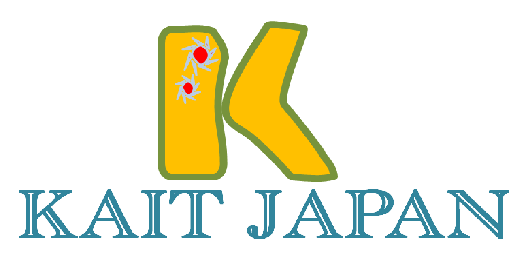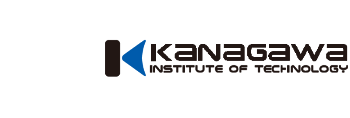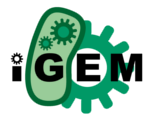Team:KAIT Japan/Safety
From 2014.igem.org
Sachina Tosu (Talk | contribs) |
Minamiuuhu (Talk | contribs) |
||
| Line 50: | Line 50: | ||
| | | | ||
|} | |} | ||
| - | {| style="width:98.5%; margin-left:0.2em; border-color:#00BFFF; border-style:solid; border-collapse:collapse; background-color:# | + | {| style="width:98.5%; margin-left:0.2em; border-color:#00BFFF; border-style:solid; border-collapse:collapse; background-color:#ffffe0; text-align:left" |
| style="width:30% style="vertical-align:top" | | | style="width:30% style="vertical-align:top" | | ||
Revision as of 05:59, 1 September 2014
|
|
|
|
|
|
|
|
|
Safety
a) Have your team members received any safety training yet? Yes, we have already received safety training.
We took biosafety training by the class of the university. We learned how to use laboratory instruments such as clean bench, autoclave, and risk of biological materials.
http://kw.kait.jp/kw/top/index2.aspx
a) Who is responsible for biological safety at your institution? (You might have an Institutional Biosafety Committee, an Office of Environmental Health and Safety,a single Biosafety Officer, or some other arrangement.) Have you discussed your project with them? Describe any concerns they raised, and any changes you made in your project based on your discussion. The president of Kanagawa Institute of Technology has the responsibility of the biological safety. And our experiment plan gets the approval of the safe committee of Kanagawa Institute of Technology. The president of Kanagawa Institute of Technology approves it.
http://kw.kait.jp/kw/top/index2.aspx These guidelines are made in reference to the standard to appoint of the country. The URL is http://www.lifescience.mext.go.jp/files/pdf/n815_01.pdf .
http://www.lifescience.mext.go.jp/files/pdf/n815_01.pdf
Please visit this page to download a blank copy of the spreadsheet for question 3. (If you need a CSV version instead of XLS, visit this page.) https://2014.igem.org/File:TeamName_Safety2014_Spreadsheet.xls
Please describe risks of working with the biological materials (cells, organisms, DNA, etc.) that you are using in your project. If you are taking any safety precautions (even basic ones, like rubber gloves), that is because your work has some risks, however small. Therefore, please discuss possible risks and what you have done (or might do) to minimize them, instead of simply saying that there are no risks at all. a)Risks to the safety and health of team members, or other people working in the lab: We used E.coli Pro 5-alpha. It doesn't cause irritation effect on the skin. And It doesn't sensitize us.
If our organisms escape, people take it into their body, it may fall into autoimmune disease by Th1 increasing excessively. We used E.coli Pro 5-alpha. It doesn't cause irritation effect on the skin. And It doesn't sensitize us. Aquatic toxicity: Not harmful to the aquatic environment. We have sterilized waste and used materials .
We discard the experimental dust after autocleave. Therefore there cannot be the thing leaking outside.
We put on lab coats , rubber gloves to prevent us from getting hurt. We have sterilized our used materials by autoclave and ethanol. We have experimented in clean bench to prevent our organisms from escaping from lab. We have sterilized waste and used materials to minimize the risk of our organism escaping from Lab.
What would happen if all your dreams came true, and your project grew from a small lab study into a commercial/industrial/medical product that was used by many people? We invite you to speculate broadly and discuss possibilities, rather than providing definite answers. Even if the product is "safe", please discuss possible risks and how they could be addressed, rather than simply saying that there are no risks at all. a)What new risks might arise from your project's growth? (Consider the categories of risk listed in parts a-d of the previous question: lab workers, the general public, the environment, and malicious mis-uses.) Also, what risks might arise if the knowledge you generate or the methods you develop became widely available? ・It may fall into autoimmune disease by Th1 increasing excessively. ・α-hemolysin (Used as a tag to start it outside IL-12) provides hemolysis. ・When a human being took E coli, it is concerned whether you are safe.
Yes, our project include it. Yeast which we make by this project does not transcription if it does not receive IL-5. |
 "
"











